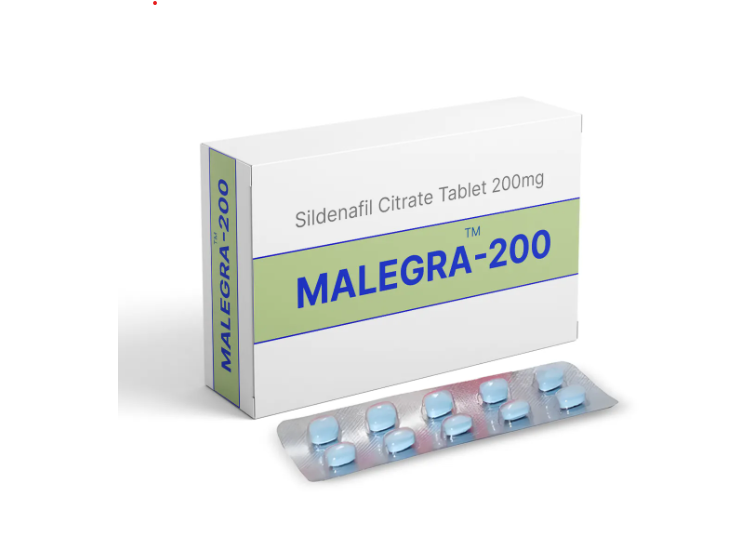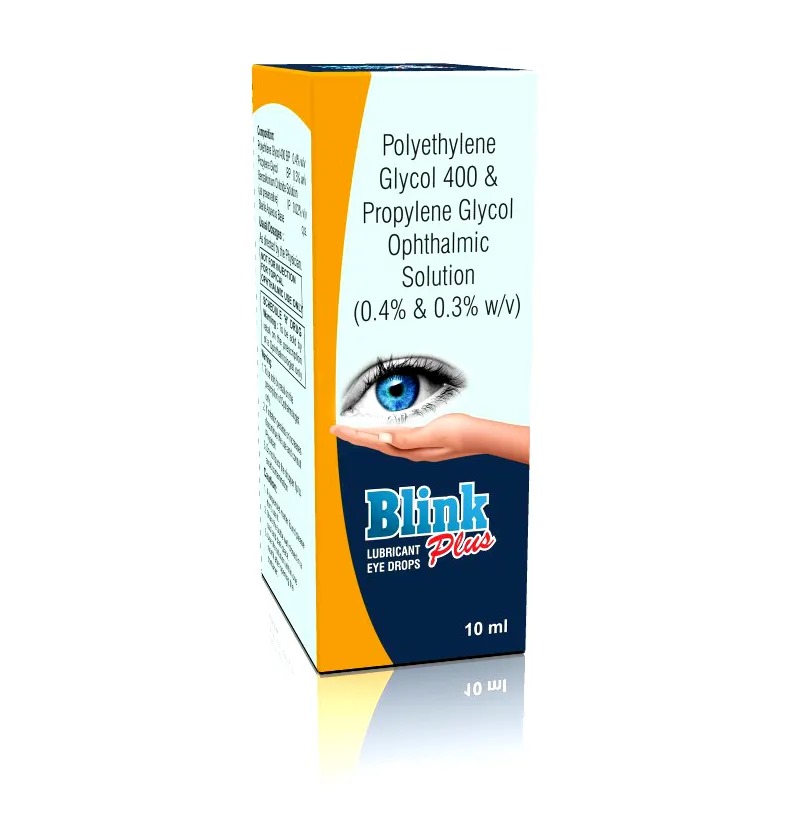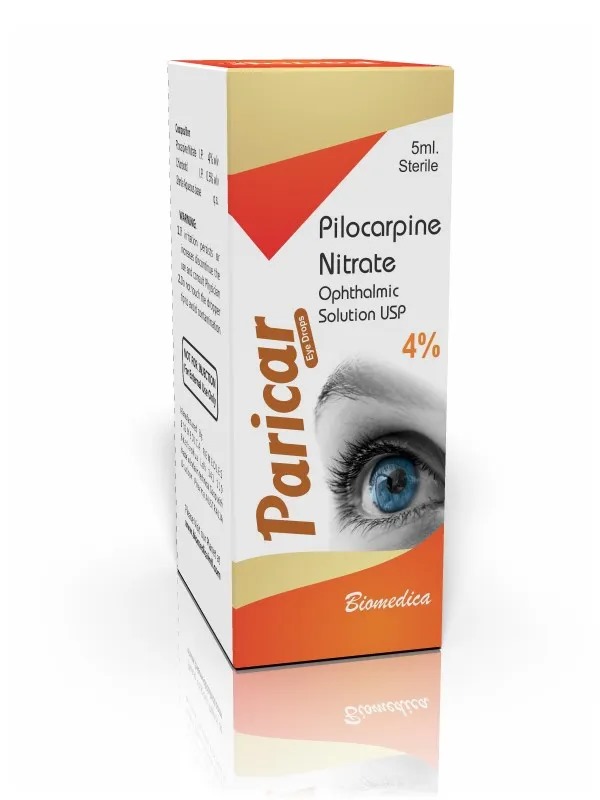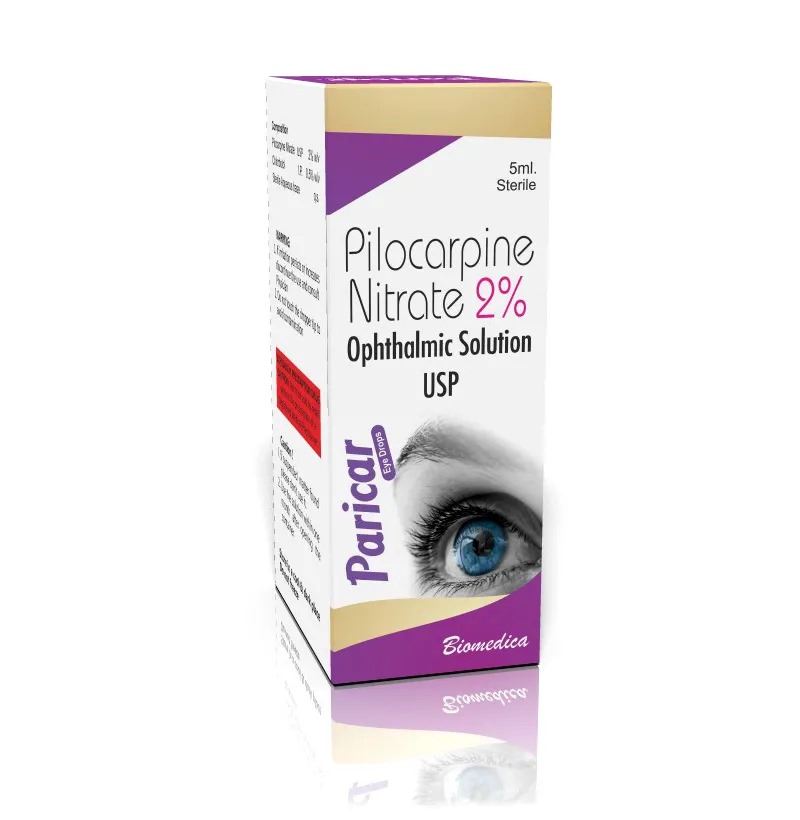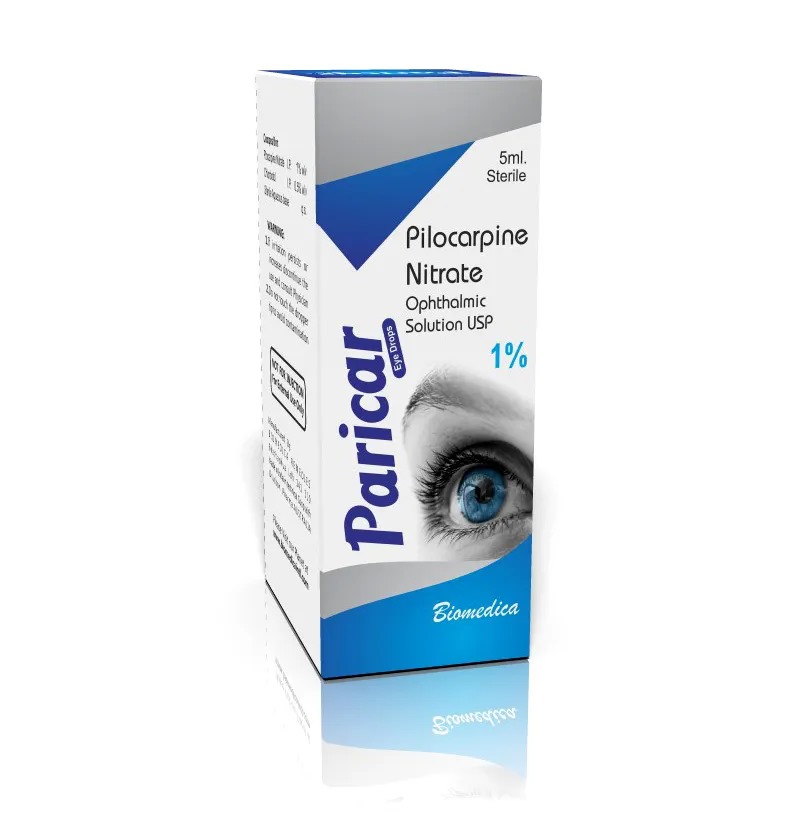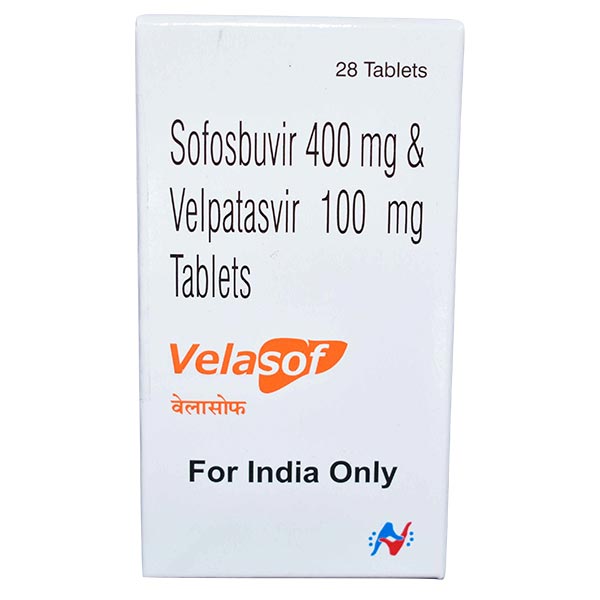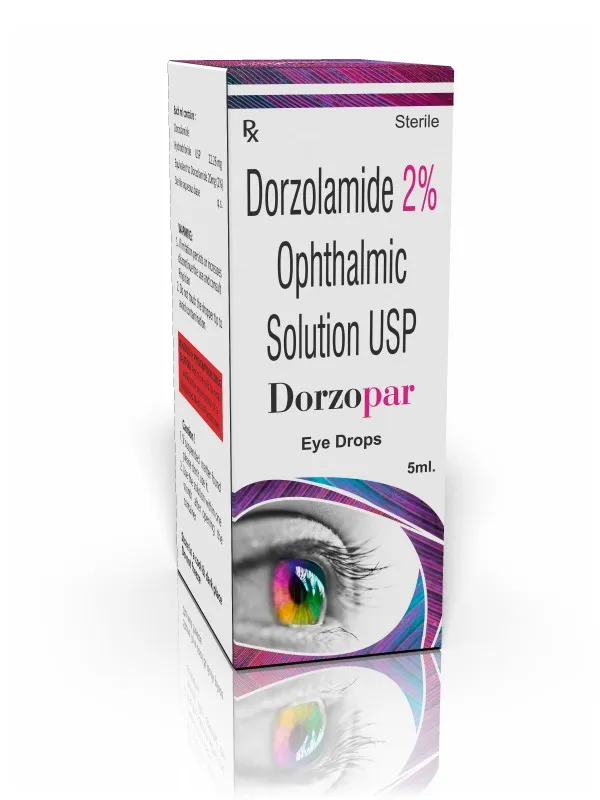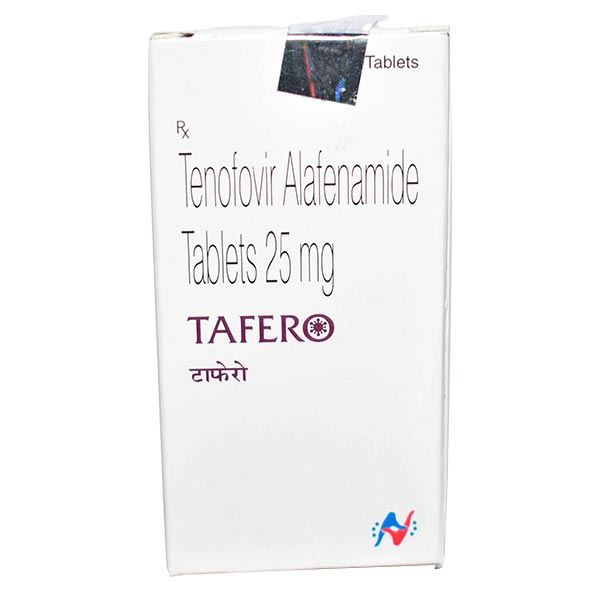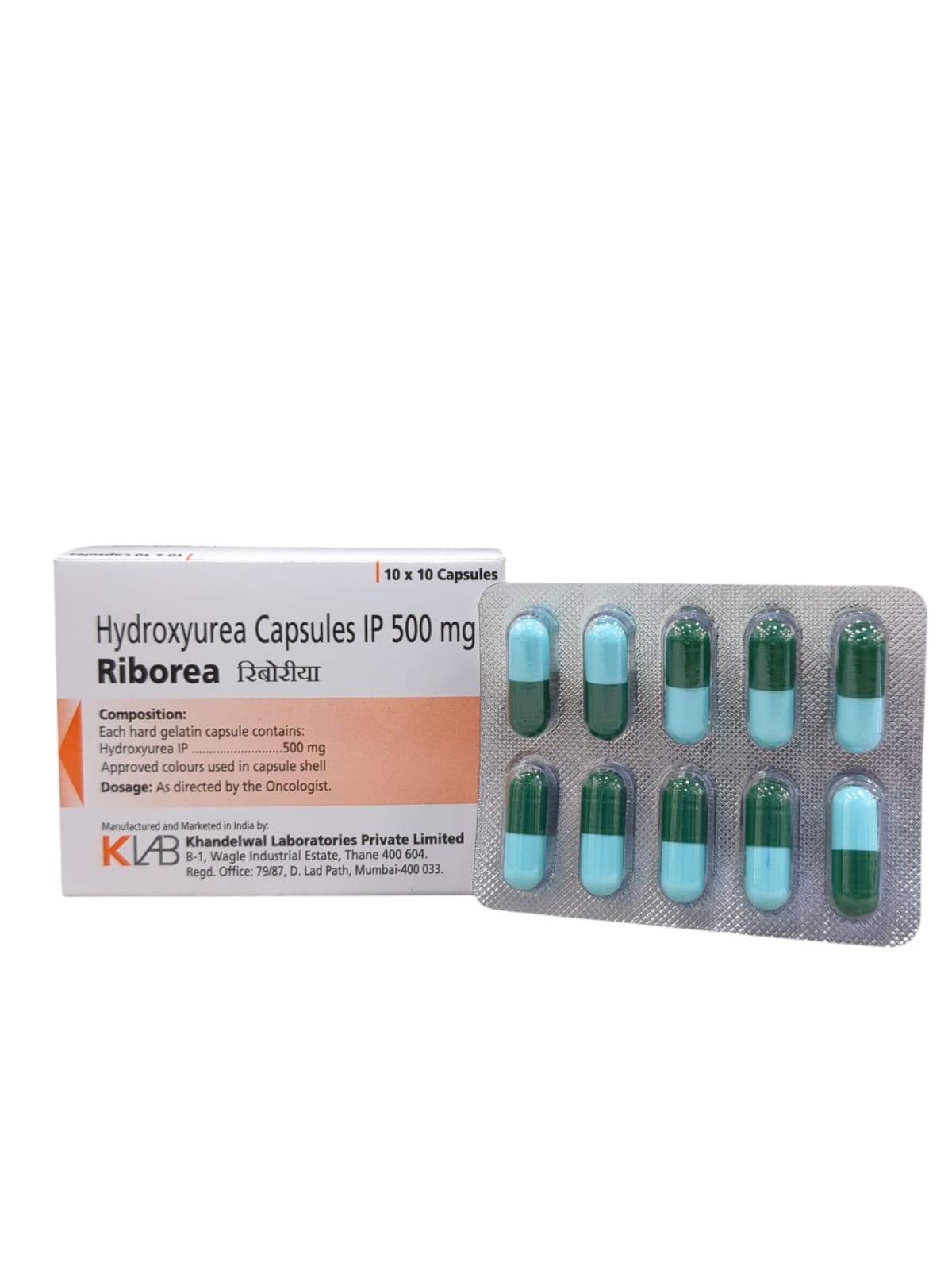What is Malegra 200 Mg Malegra 200 mg is an effective medication used to treat Erectile Dysfunction (ED) in men. It primarily consists of Sildenafil Citrate, a Phosphodiesterase (PDE-5) inhibitor, as the active salt. It is widely manufactured and marketed by Sunrise Remedies, an established producer of pharmaceutical supplies. What are the benefits of taking Malegra 200Mg Doctors popularly recommend Malegra 200 mg pills for Erectile Dysfunction treatment. As a PDE-5 inhibitor, this medicine blocks the PDE-5 enzyme and restores cyclic Guanosine Monophosphate (cGMP) levels. This restored cGMP level is responsible for dilating the penile blood vessels, which increases blood circulation in the area and consequently helps attain a firm erection. However, it is worth knowing that this medication will only work when a man is sexually aroused. How to take Malegra Malegra is a prescription drug and should always be used as prescribed by the doctor. Here are some general guidelines to follow on how to take Sildenafil Citrate 200 mg for men's health: Take this ED pill 30-60 minutes before engaging in sexual activity Swallow a whole tablet without crushing, breaking, or chewing it You can take Malegra 200 mg tablets on an empty stomach or after a light meal Do not take more than one Malegra 200 mg dosage in 24 hours Strengths and Substitutes You can buy Malegra tablets with different strengths, which are usually altered based on the doctor’s recommendations. Here are some of the available strengths of Malegra: Malegra 25 Mg $ 0.62/ tablet Malegra 50 Mg $ 0.70/ tablet Malegra 100 Mg $ 0.81/ tablet Malegra 120 Mg $ 0.93/ tablet Malegra Oral Jelly $ 1.22/ jelly Malegra Professional Pills $ 0.81/ tablet What are the side effects of Malegra 200 Mg Although Sildenafil is a safe medication, it can lead to certain mild side effects in some individuals. Some of these Malegra 200 mg side effects include: Headache Diarrhea Indigestion Flushing Heartburn Nausea Usually, the above-mentioned side effects subside over the course of time. However, if any of these side effects persist or worsen, consult your doctor immediately. Safety Advice Liver problemsLiver Disease It is often advisable to avoid using Malegra in cases of severe liver diseases. Little information exists on how this medicine can react in patients with these conditions, and hence, medical experts always exercise caution while prescribing it. CardiovascularKidney Impairment If you have any kind of kidney impairments, it is best to consult a medical expert before using this medicine. Doctors may either suggest a lower dose of this medicine or recommend an alternative in such situations. PregnancyPregnant and breastfeeding women Malegra is not an ideal pill for pregnant and breastfeeding women. Lovegra is a medication that is often prescribed for treating female sexual dysfunction. . However, pregnant and breastfeeding women should always consult a doctor first before taking any medications. wineAvoid Drinking alcohol or grapefruit juice with Sildenafil tablets can lead to different side effects. It is also best to not use this pill if you are allergic to particularly Sildenafil.
Send Message